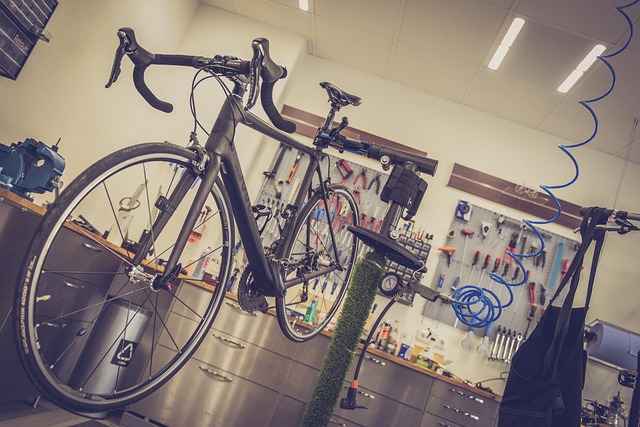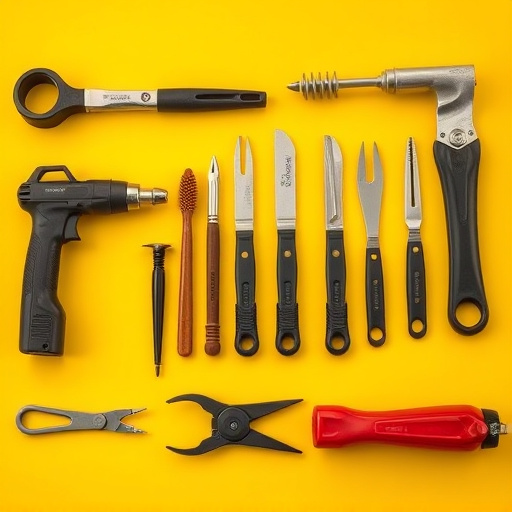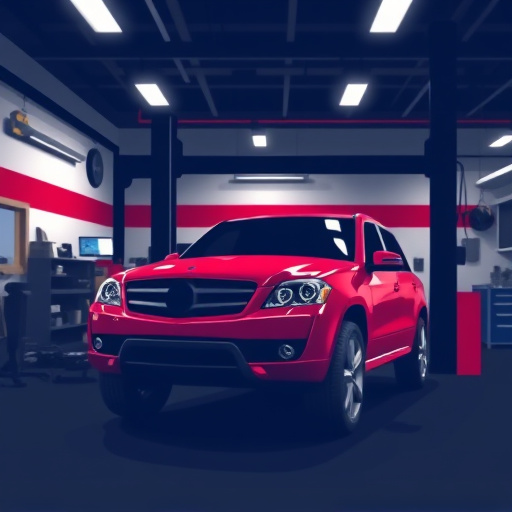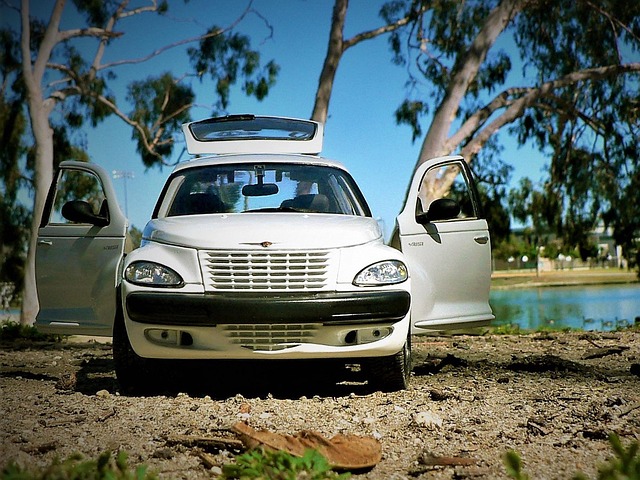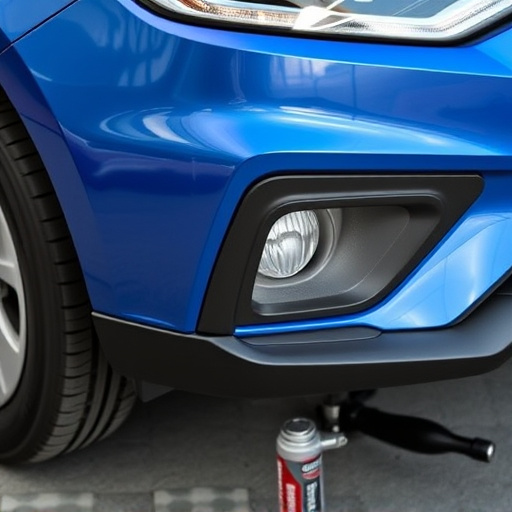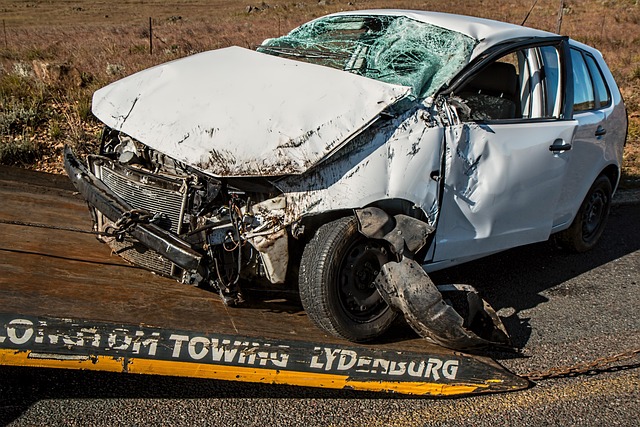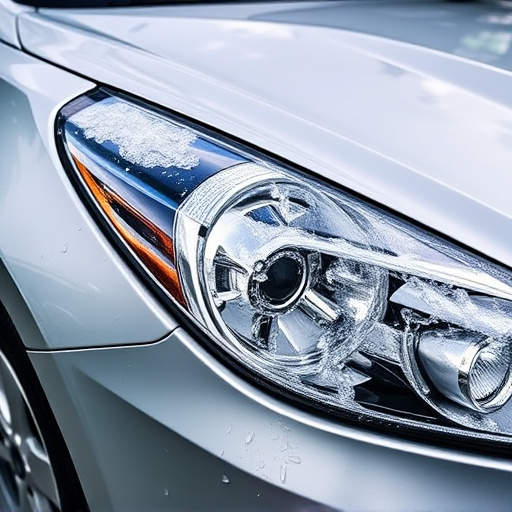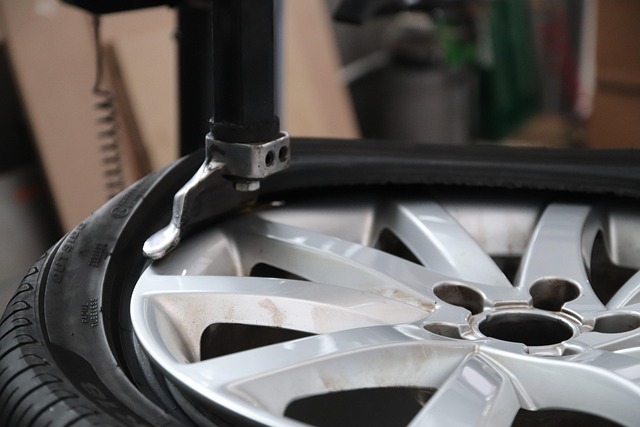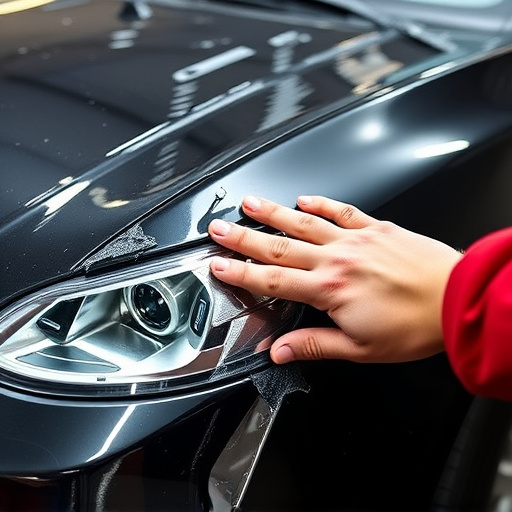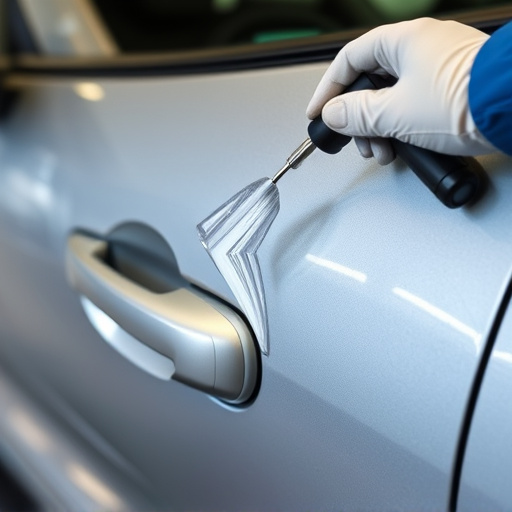Vehicle frame inspection, guided by OEM guidelines, is a critical step in auto body repair, ensuring structural integrity and safety after collisions. Skilled technicians employ advanced tools like laser measurement systems and CAD software, along with meticulous training, to detect even subtle discrepancies. By adhering to OEM specifications and original design standards, certified shops provide accurate damage assessment and transparent pricing, ultimately restoring vehicles to pre-accident condition and enhancing customer satisfaction.
In the aftermath of a collision, accurate vehicle frame inspection is crucial for ensuring safe and reliable repairs. This article delves into the OEM (Original Equipment Manufacturer) guidelines for post-collision vehicle frame inspection, providing an essential resource for professionals in the automotive industry. We explore key steps from initial assessment to final verification, highlighting best practices to guarantee precise and code-compliant repairs, enhancing road safety for all.
- Understanding OEM Guidelines for Vehicle Frame Inspection
- Key Steps in Post-Collision Frame Inspection
- Best Practices for Ensuring Accurate Repairs
Understanding OEM Guidelines for Vehicle Frame Inspection
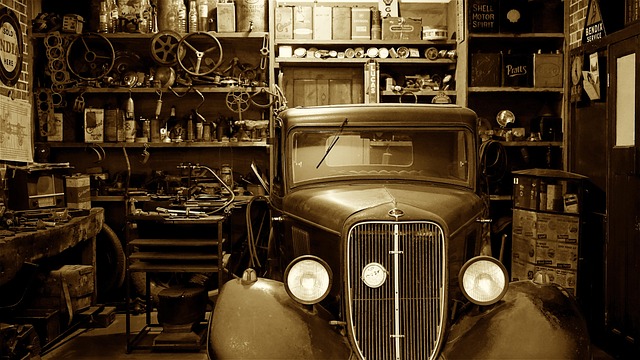
Understanding OEM Guidelines for Vehicle Frame Inspection is paramount in the automotive repair industry, especially when dealing with auto body services. These guidelines, provided by Original Equipment Manufacturers (OEMs), offer a comprehensive framework for assessing and repairing vehicle frames following a collision. By adhering to these standards, auto body shops ensure that each vehicle is restored to its pre-accident condition, maintaining safety and structural integrity.
The process involves meticulous inspection, utilizing advanced technology to detect even the subtlest of frame discrepancies. Technicians are trained to identify damage patterns, measure deformations, and compare them against OEM specifications. This rigorous approach is essential in addressing issues like misalignment, twisted panels, or weakened structural elements, which could compromise the overall performance and safety of the vehicle. Moreover, proper frame inspection facilitates accurate estimates for auto body services, ensuring customers receive transparent pricing for quality car scratch repair when needed.
Key Steps in Post-Collision Frame Inspection

Post-collision vehicle frame inspection is a critical process that requires meticulous attention to detail. The key steps in this inspection involve a comprehensive visual evaluation and specialized tool usage. First, inspect the exterior for visible deformities, such as dents or misalignments, using a light source to illuminate hidden damage. Then, employ digital measurement tools to assess the vehicle’s structural integrity, comparing dimensions against pre-accident standards.
Once initial observations are made, disassemble affected panels and thoroughly examine the underlying frame. Look for signs of stress concentration, corrosion, or metal fatigue. Compare these findings with OEM (Original Equipment Manufacturer) specifications for replacement parts. This step ensures that any repairs align with the vehicle’s original design and safety standards. The entire process demands skilled technicians who can accurately interpret results and recommend appropriate auto body services or car collision repair to restore the vehicle to its pre-accident condition.
Best Practices for Ensuring Accurate Repairs
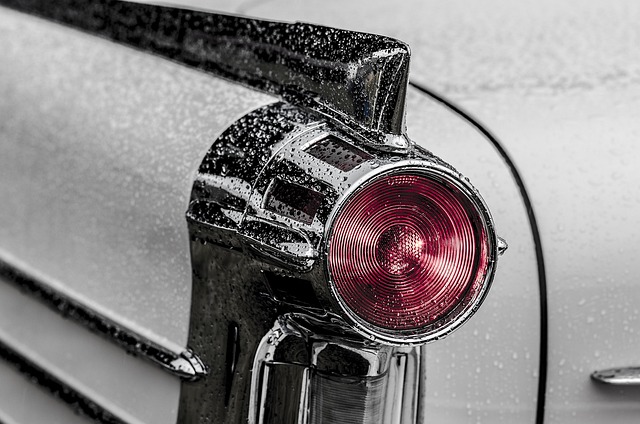
Accurate vehicle frame inspection is paramount for ensuring quality repairs at an automotive body shop. Best practices involve utilizing advanced technology such as laser measurement systems and computer-aided design (CAD) software to precisely gauge and document damage. These tools enable collision repair shops to make informed decisions, replicating the original manufacturing standards. Additionally, trained and certified technicians play a pivotal role by adhering to strict protocols during the inspection process, minimizing human error.
Regular calibration of equipment and ongoing employee training are essential to maintaining accuracy. Furthermore, comparing inspection results with pre-collision data helps identify any deviations, ensuring repairs align with manufacturer guidelines. By fostering a culture of meticulous attention to detail, an automotive body shop can deliver superior vehicle frame repairs, enhancing customer satisfaction and retaining their trust in the collision repair process.
When conducting post-collision vehicle frame inspections, adhering to OEM guidelines is paramount for ensuring accurate and safe repairs. By understanding these standards, mastering key inspection steps, and following best practices, automotive professionals can deliver high-quality outcomes, preserving the structural integrity and overall safety of vehicles. Effective vehicle frame inspection processes are vital for maintaining customer satisfaction and ensuring the longevity of repaired vehicles.
